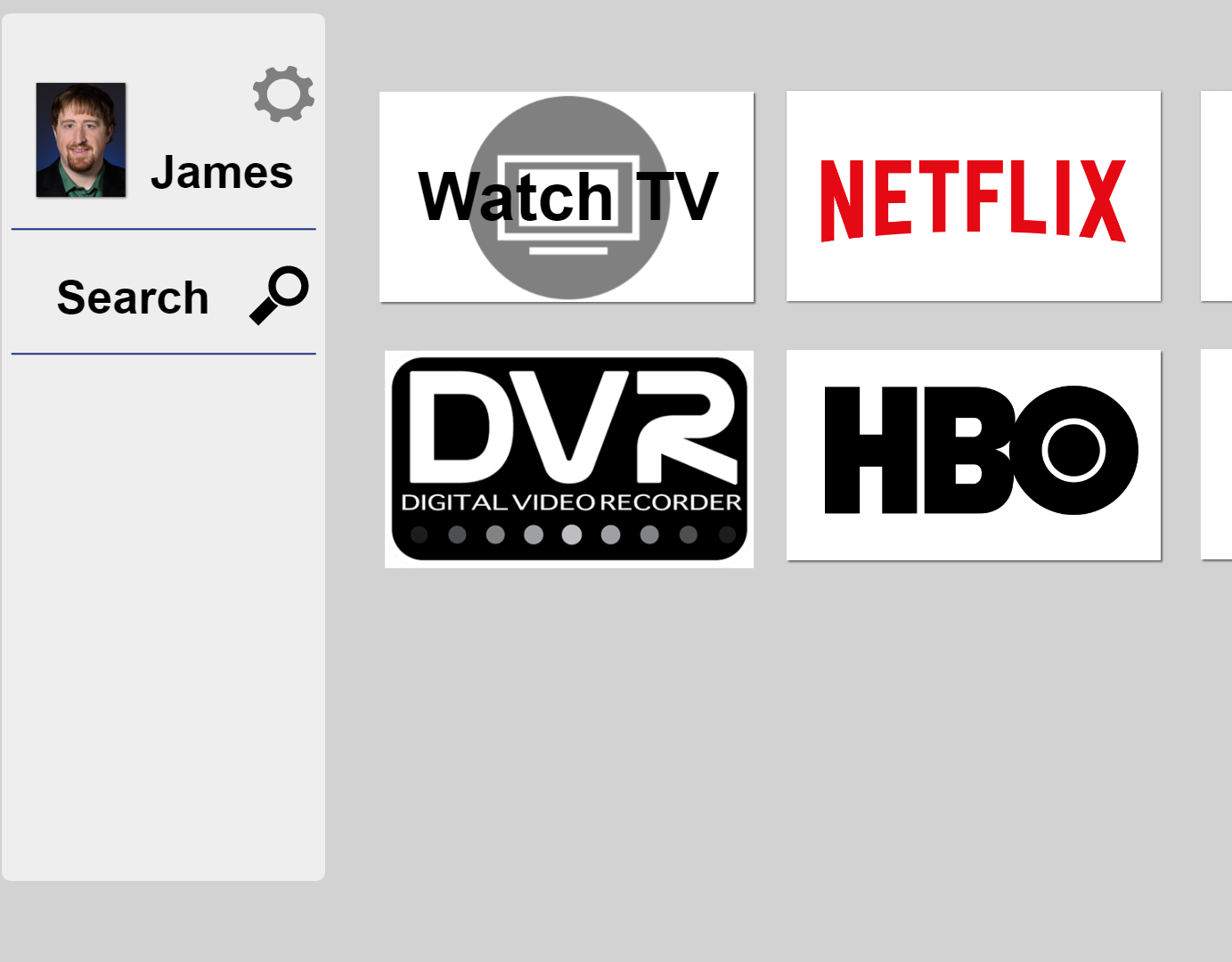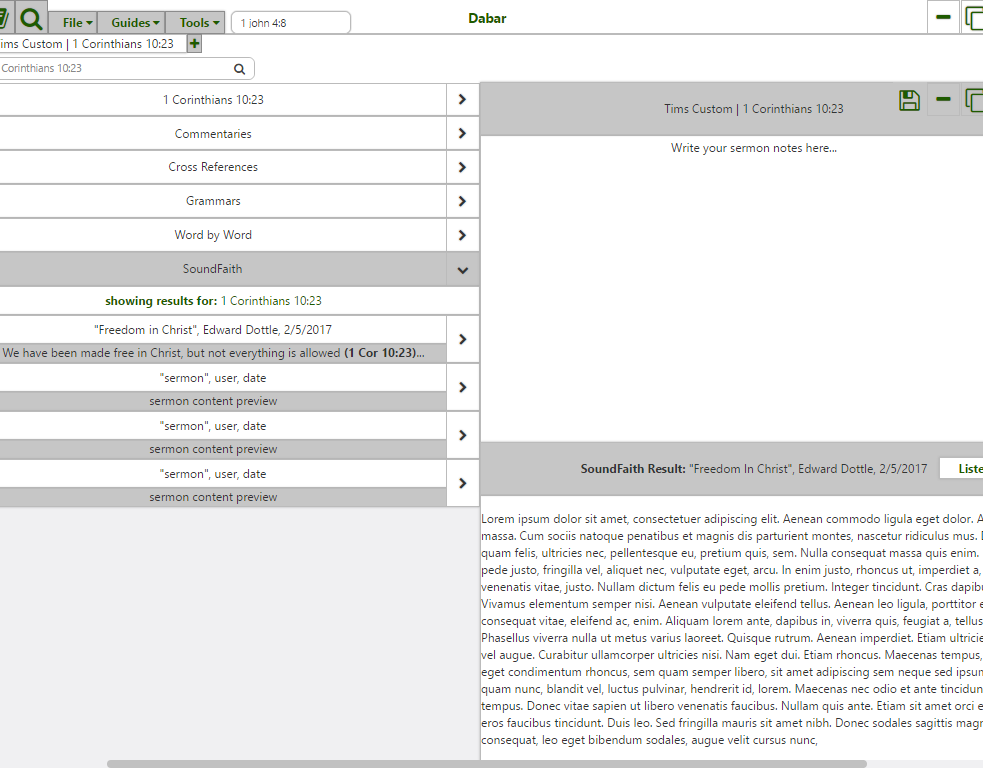While working at Realmax, an AR/VR startup with their own headset, I was the sole member of the usability team. I took my role of user advocate very seriously, in everything from hardware ergonomics to software design on the headset to company web presence. My work was not without challenges, however. Whenever I set out to redesign the homepage, I began changing and testing it without ensuring higher-ups were fully understanding of what was going on, resulting in extra explanations of why I had performed the dramatic redesign so quickly and why it was worth going from a basic homepage consisting of an information form and blog to a clearly designed hierarchy showing off the headset, praise from publications, how to acquire one, and more. Subpages were also redesigned, changing the blog to more professional entries. After walking them through the changes, we were able to come to an agreement that I should be a bit less cavalier but they agreed on its effectiveness.
Other projects I worked on included conference-specific demos. For example, we were invited to present a project at a Pepsico conference with a one-week timeline. My role was to create and oversee the visual design and research. The goal was to show how our headsets could fit into the mission of Pepsico. After my research on the supply chain and product line, and from what our CEO communicated, I created a user persona of a conference attendee to keep my focus on as I worked. I then drafted a presentation simply using sticky notes and a pen to allow for maximum iterative design and modeling of 3D aspects, and tested it on several people to make sure I got the point across. After that, I found Unity elements to begin constructing the visuals and handed off my work to our development team to make it a reality on the goggles. This all happened within the span of two to three days.
Another aspect of my day to day work was providing input on the ergonomics of the headsets. The company prides itself on pioneering AR/VR combination headsets, which of course means plenty of room for iteration. One glaring improvement I saw was the visor used to cover the lenses for VR mode was merely a magnetic shield- easy to attach and detach, and therefore easy to use. I mocked up several ideas for the second generation headset (still in development as of this writing) that included retractable designs of different shapes and even just a different place to attach the magnetic shield when not in use.
Overall, I was proud to perform user testing and upon hearing my time was coming to an end, I quickly taught the developers how to perform their own user testing to ensure that user health and happiness would remain at the center of what they did, as I had been modelling and advocating for my entire time there. Though my time was short, I learned a lot and was eager to pass along my knowledge.






